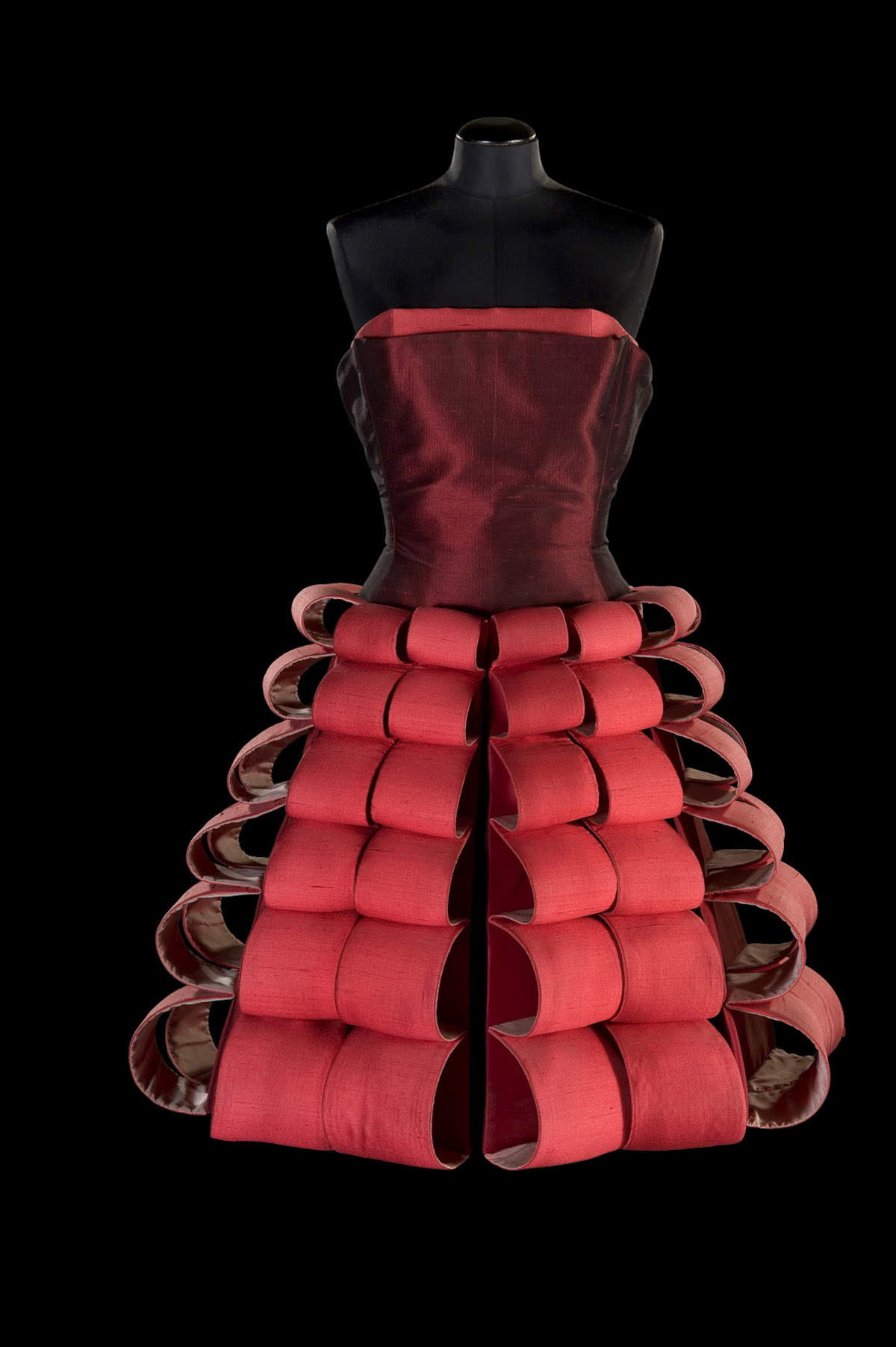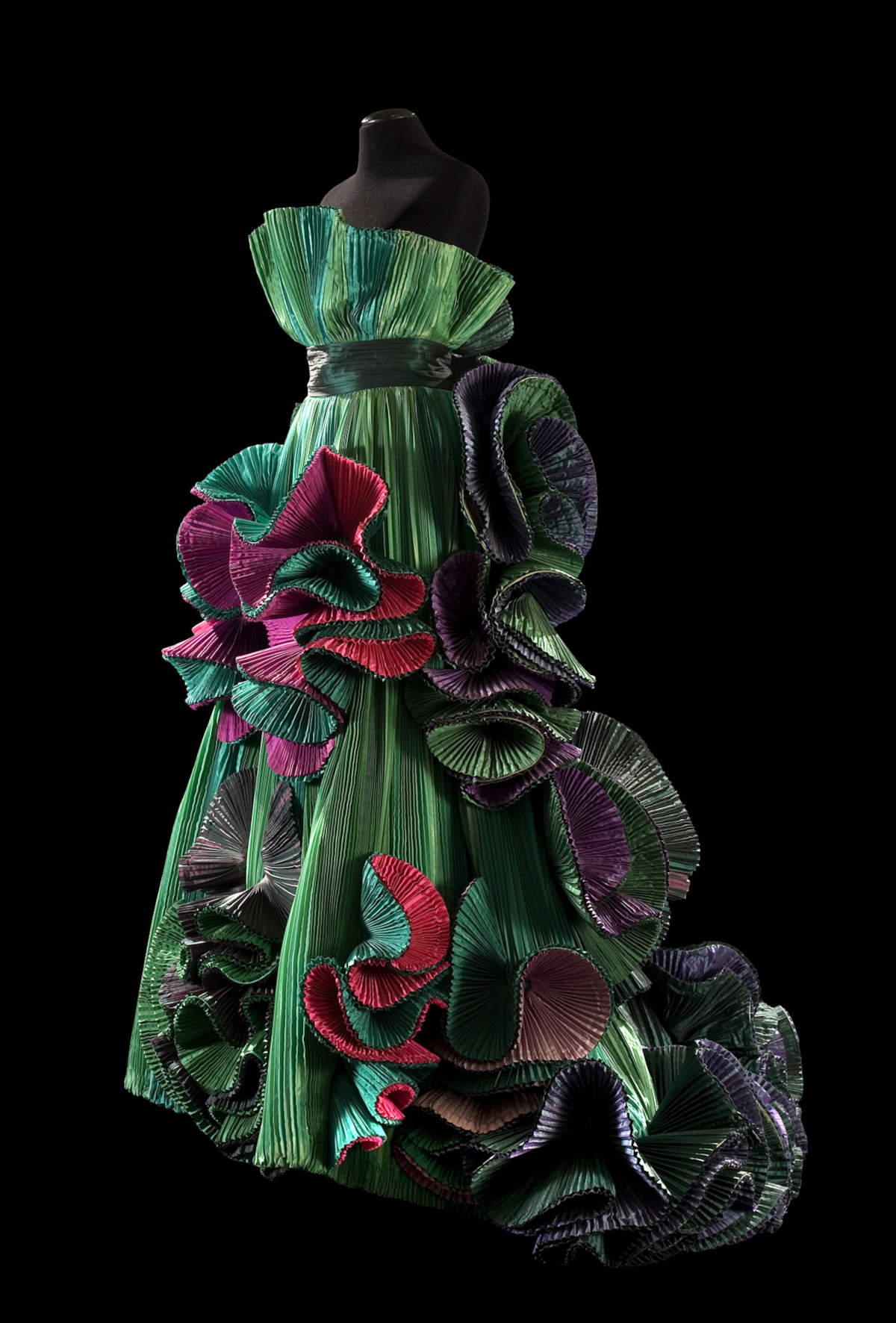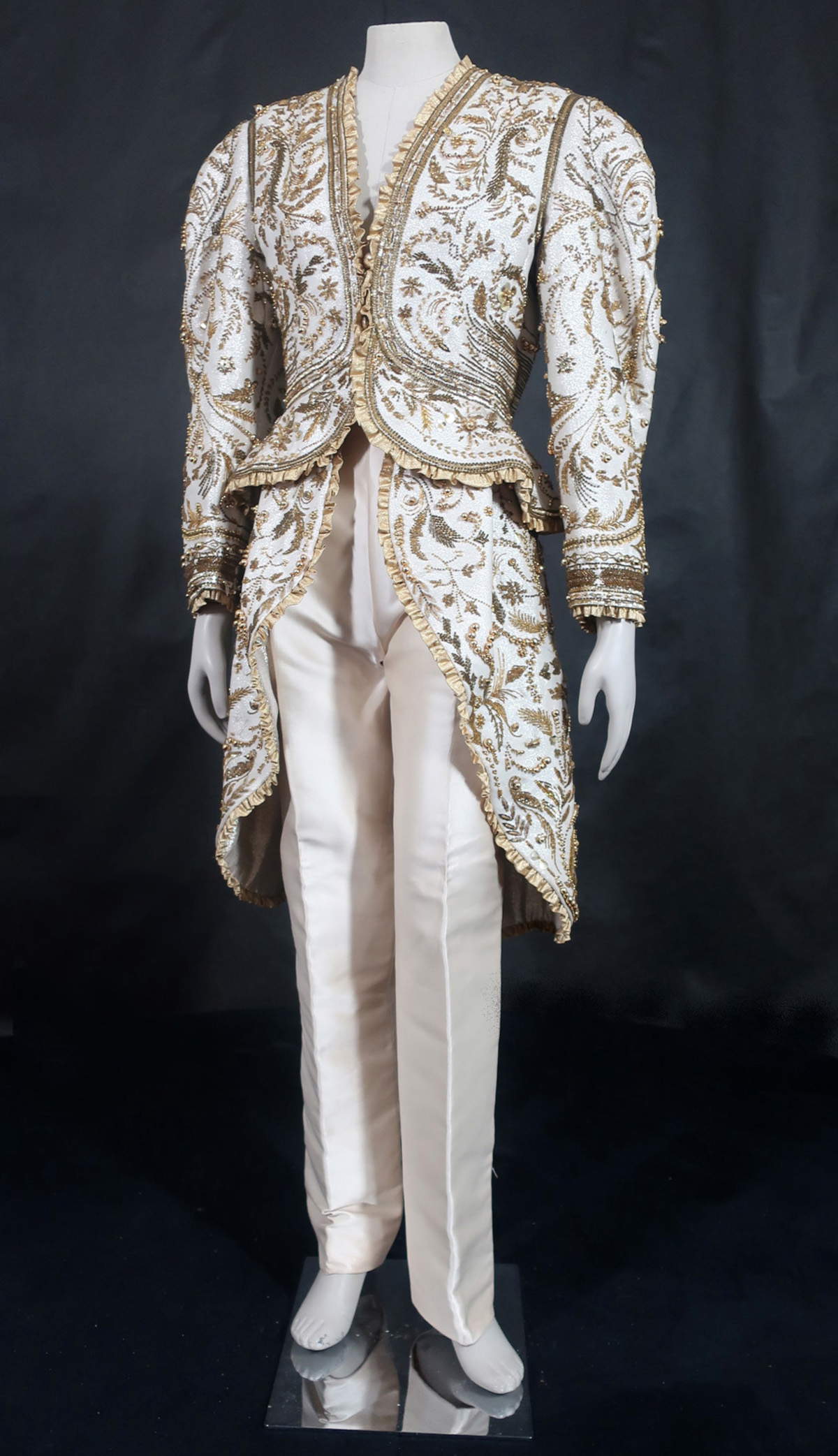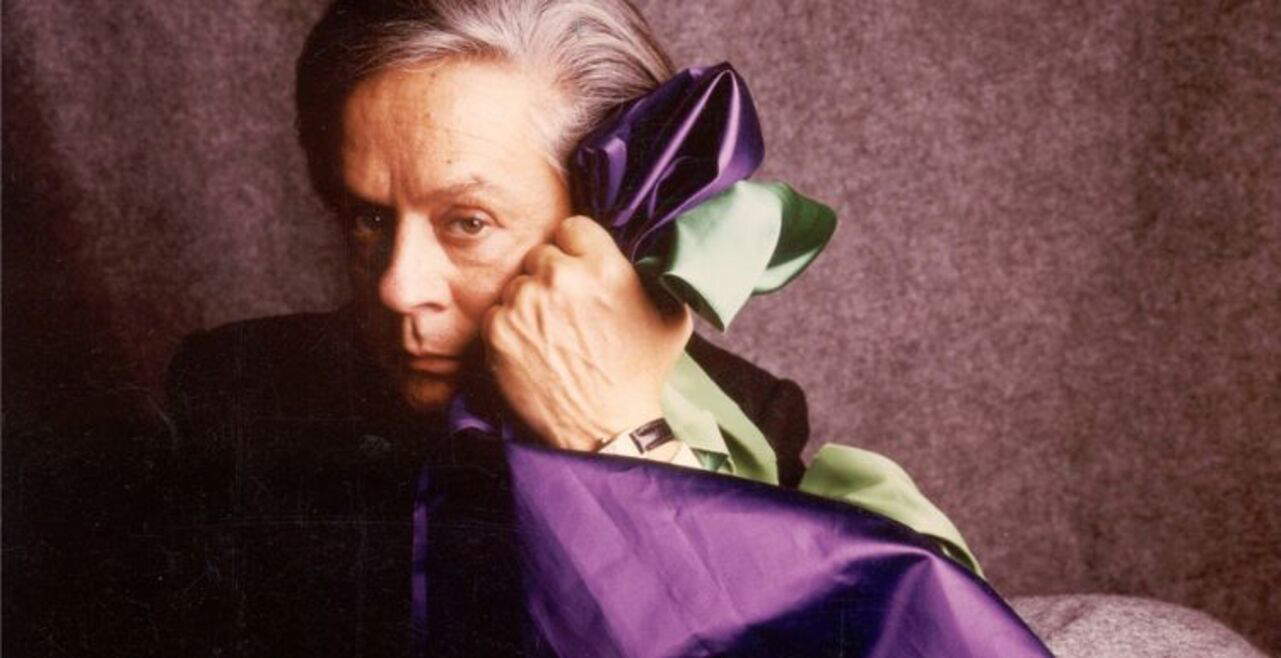From May 17 to Nov. 2, 2025, the Villa Pisani National Museum in Stra (Venice) is hosting the exhibition The Power of Color. Roberto Capucci at Villa Pisani, an exhibition entirely dedicated to the creative universe of one of Italy’s best-known fashion designers, Roberto Capucci (Rome, 1930). The initiative is promoted by the Veneto Regional Museums Directorate - National Museum of Villa Pisani in collaboration with Suazes and the Roberto Capucci Foundation. Curated by Enrico Minio Capucci, Alvise Capucci and Francesco Trentini, the exhibition offers an itinerary that connects twenty dresses, a selection of about seventy drawings, sketches and period photographs with the spaces of the famous eighteenth-century Venetian villa. The exhibition design is developed from the perspective of a dialogue between the history of architecture and the language of fashion, according to a concept that goes beyond the simple exhibition content and involves the entire structure of the residence. Capucci’s works, which go beyond the function of use of clothing, are presented as three-dimensional sculptures, structured elements that expand in space and relate to their surroundings.
The choice of Villa Pisani as the venue for the exhibition does not appear random. The monumentality of the spaces and the strong decorative value of the architecture allow Capucci’s works to relate to the historical context, generating a visual dialogue between epochs, forms and expressive codes. The intent is to establish connections through the interaction between the clothes and the rooms of the Villa, enhancing the dialectic between the static nature of architecture and the dynamism of fashion. The key element around which the entire exhibition project revolves is color. Always considered a distinctive feature of Capucci’s production, color is understood as a structural matter, capable of defining volumes, suggesting visual rhythms, and modifying the perception of spaces. In the historic rooms of the Villa, color takes an active role, entering into dialogue with frescoes, stuccoes and decorations. The result is an installation that intends to intervene in the reading of the rooms, reinterpreting them.



At the center of the itinerary is a core of five dresses, led by a creation conceived by Capucci as a wedding dress inspired by the colors of Tiepolo. This piece is placed inside the Ballroom, in correspondence with theApotheosis of the Pisani family, a fresco painted by Giambattista Tiepolo in the first half of the 18th century and considered one of the greatest examples of ceiling painting of the time. The dialogue between the dress and the frescoed ceiling gives rise to a relationship of continuity between fashion and painting, between decorative art and sartorial art. The Salone del Tiepolo also represents a focal point of articulation of the itinerary, which is spread over two levels. On the ground floor, three exhibition rooms offer three different insights into the theme of color, analyzing its role in Capucci’s production. On the main floor, in the north and south antechambers, a selection of drawings, preparatory studies and photographic material allows us to reconstruct the designer’s creative process. Archival documentation complements the visual narrative, offering additional keys to interpretation. The presence of design and photographic materials allows us to focus on the working method of Capucci, who always conceived fashion as a form of plastic research. In his designs we can grasp the studies on form, the attention to proportions, and the desire to go beyond the traditional codes of tailoring to arrive at a sculptural conception of clothing.
The exhibition layout does not follow a chronological or thematic order, but is conceived as a visual experience based on counterpoints, symmetries and variations. Each room proposes a different relationship between work and space, privileging the perceptual and sensory dimension. The aim is not to illustrate the artist’s biography, but to offer an interpretation of his work through its relationship with architecture. The exhibition also represents a continuation of the work started by Suazes with Villa Pisani. Last year, again in the spaces of the residence, an exhibition dedicated to photographer Federico Garolla was presented. In that case, too, the exhibition intervention sought to activate a confrontation between visual languages and historical environments, experimenting with new ways of enjoying heritage.In Capucci’s case, the element of three-dimensionality becomes decisive. The dress, in its monumentality, is configured as a device for reading the space itself. The forms are shaped by light, respond to architecture, and create new lines of force within the rooms. In this sense, the exhibition proposes an investigation into the nature of space and fashion’s ability to modify it. The Power of Color. Roberto Capucci at Villa Pisani thus proposes an articulated exploration of the expressive potential of clothing as an art form.
The exhibition will be open Tuesday through Sunday, 9 a.m. to 8 p.m. Full tickets cost 15 euros; reduced tickets are available for 9 euros. The press varnishing is scheduled for May 16 at 11 a.m.

 |
| Villa Pisani hosts twenty dress-sculptures by Roberto Capucci in an exhibition on color and the art of form |
Warning: the translation into English of the original Italian article was created using automatic tools. We undertake to review all articles, but we do not guarantee the total absence of inaccuracies in the translation due to the program. You can find the original by clicking on the ITA button. If you find any mistake,please contact us.